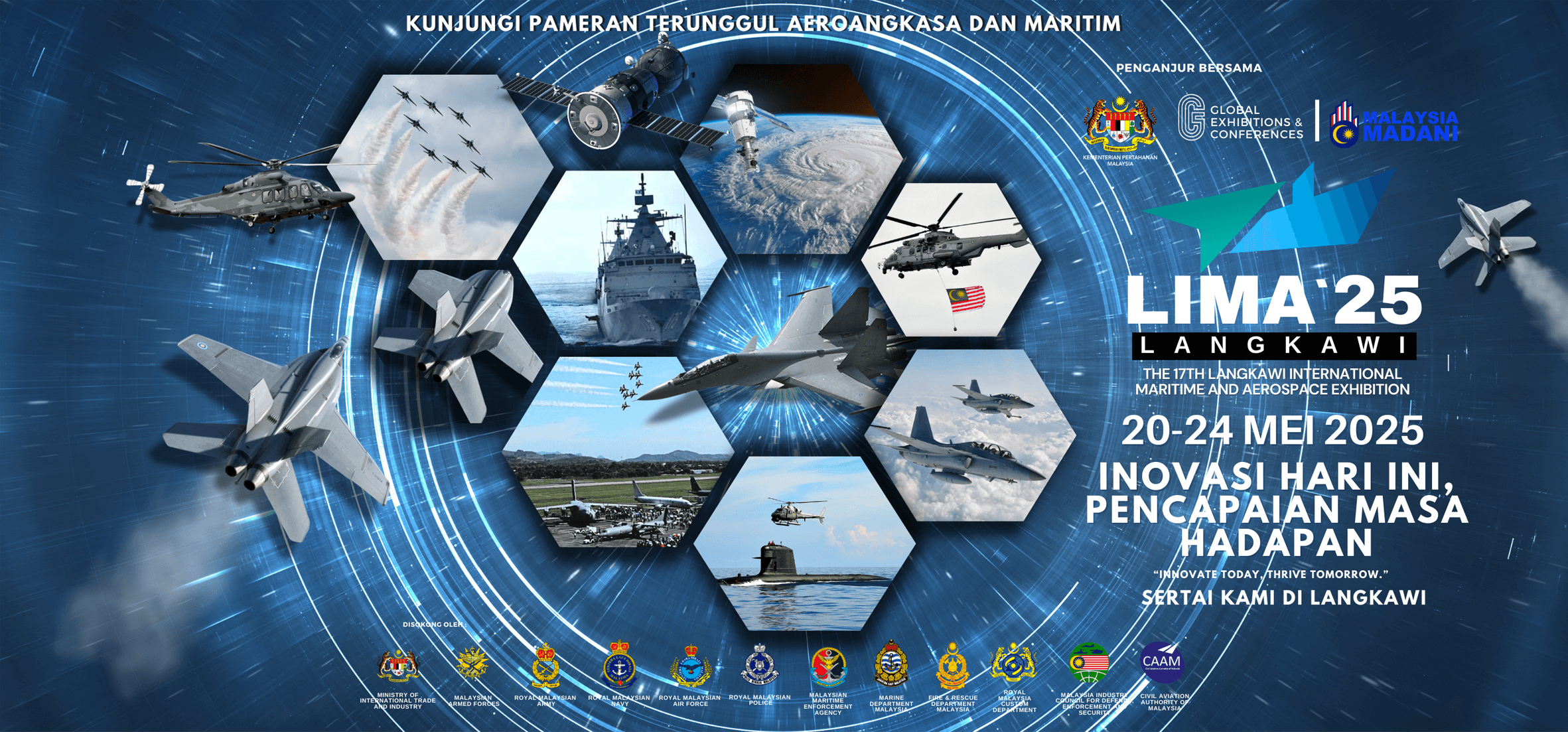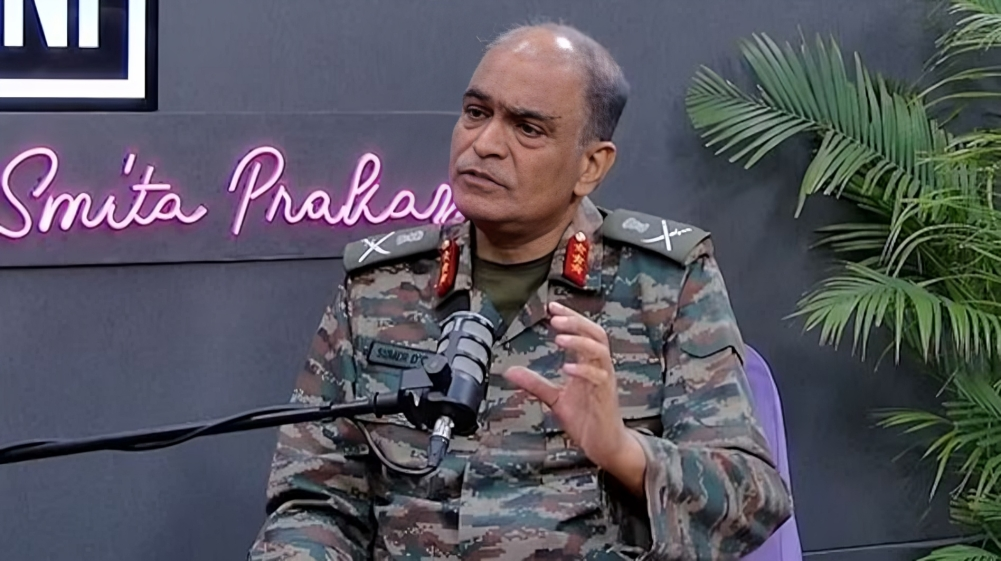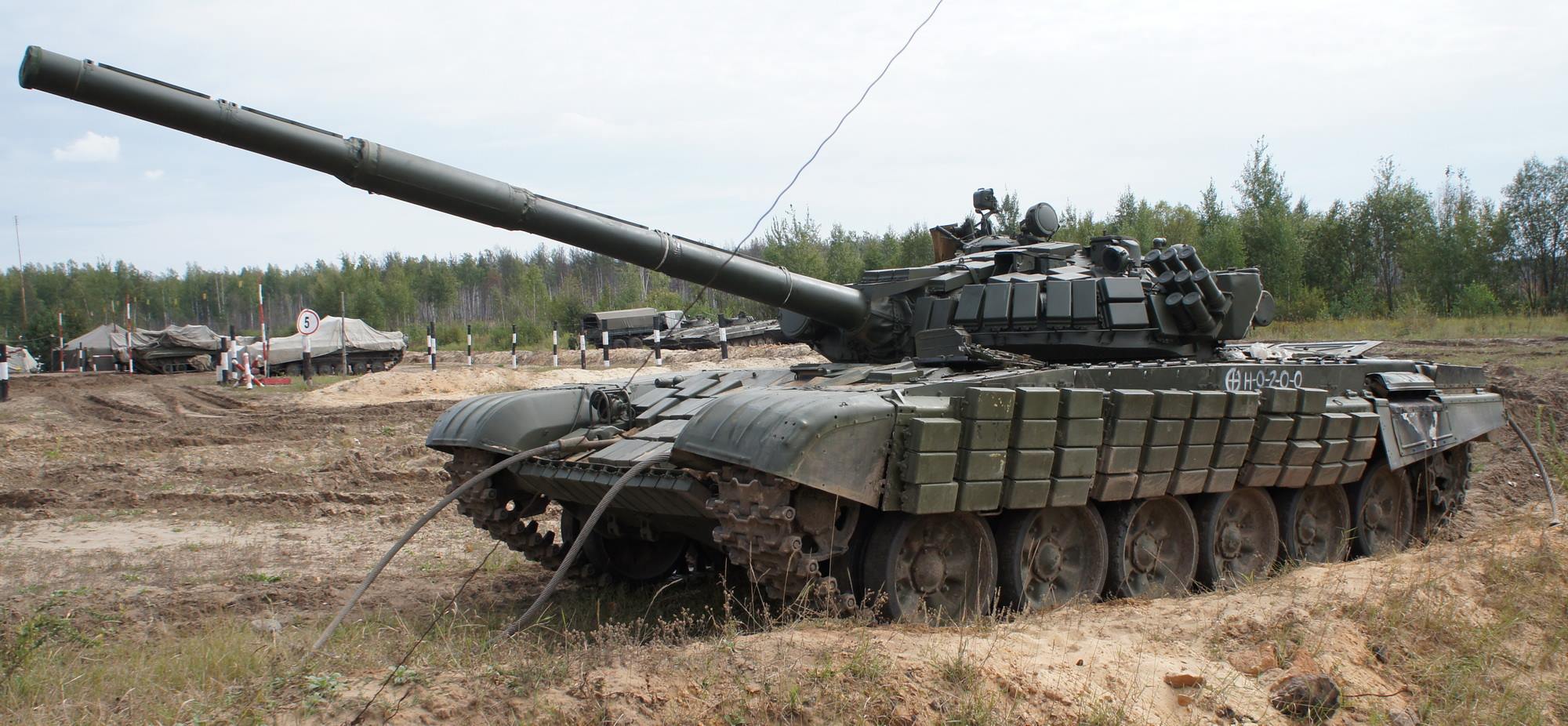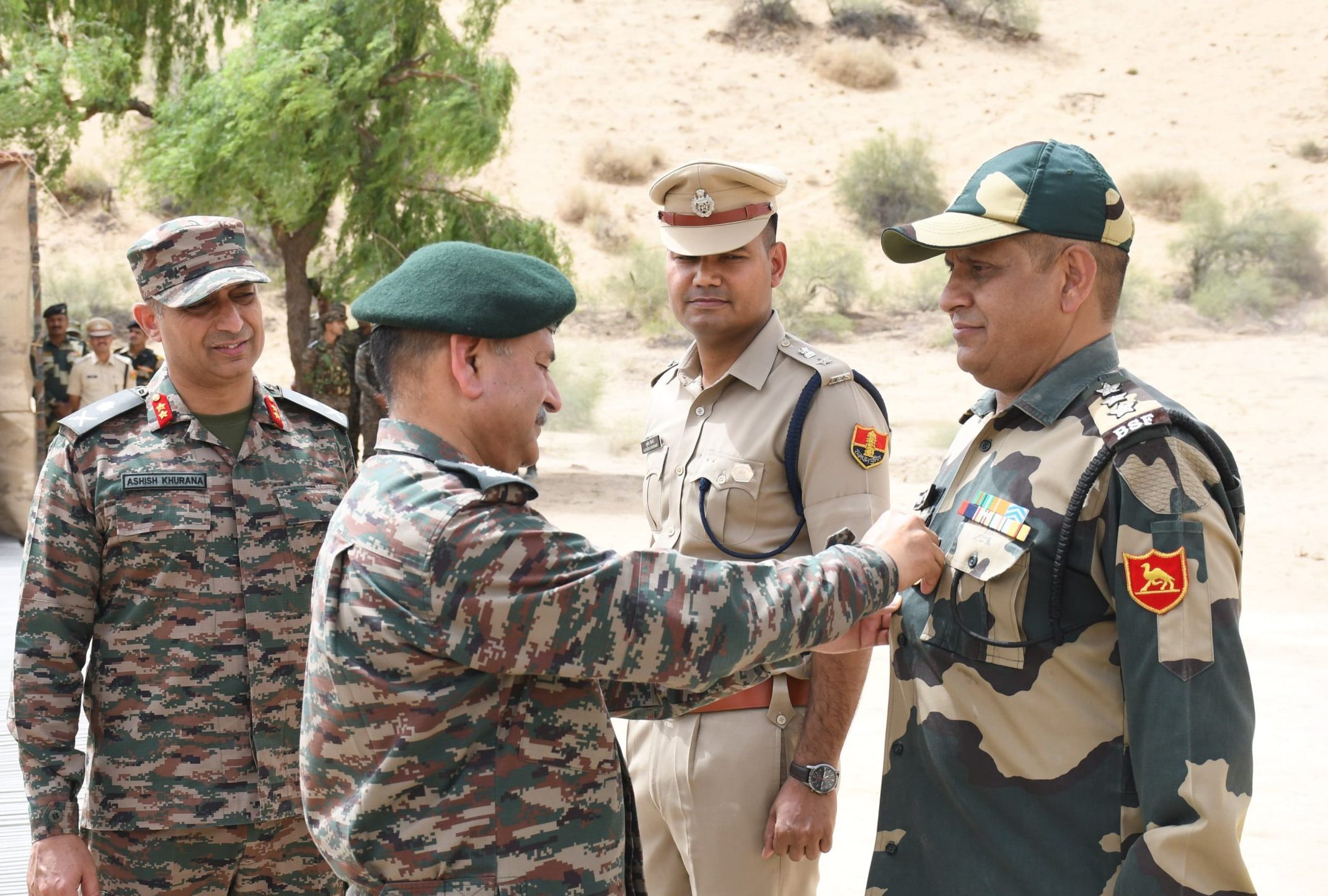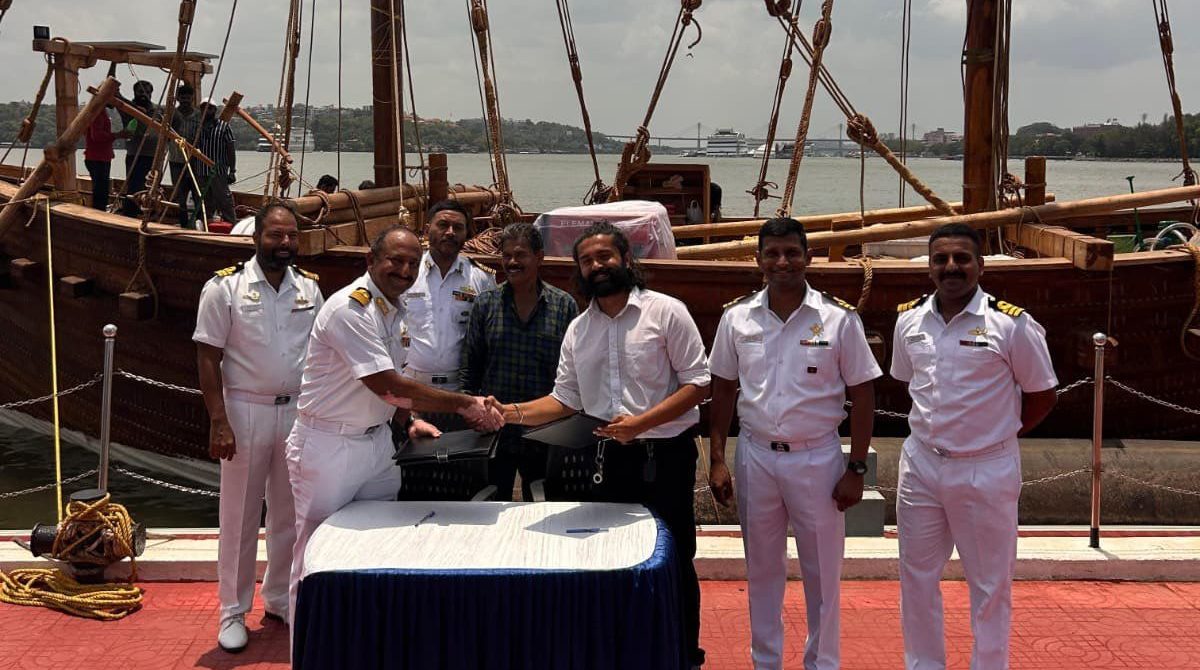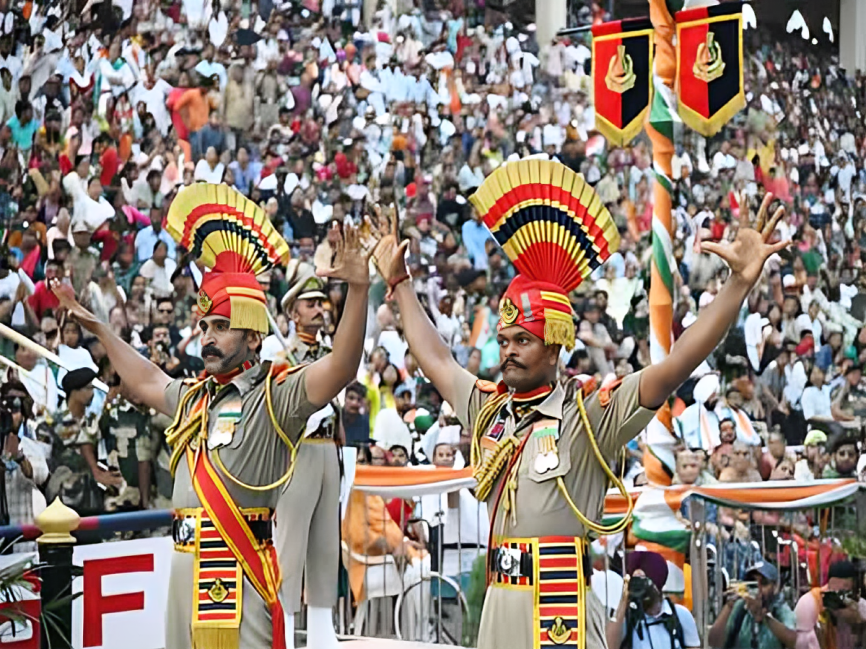India Showcases Defense Prowess at LIMA 2025 with Grand Inauguration of India Pavilion
India made a powerful statement at the 17th Langkawi International Maritime and Aerospace Exhibition (LIMA 2025) with the inauguration of…
India Can Strike Anywhere in Pakistan Even If Army HQ Moves to Khyber: Lt Gen D’Cunha
In a firm message to Pakistan and the global community, Lieutenant General Sumer Ivan D'Cunha, Director General of Army Air…
India Deployed T-72 Tanks To Destroy Pakistani Army Posts During Operation Sindoor
The Indian Army deployed T-72 Main Battle Tanks to eliminate multiple Pakistani army posts along the Line of Control (LoC)…
Assistant Commandant of the BSF Rajasthan Frontier Shri P K Mishra Commended By Army Chief
General Upendra Dwivedi, Chief of the Army Staff (COAS), visited the Tanot near the India-Pakistan border in Jaisalmer on May…
Indian Navy to Induct Ancient Stitched Ship in Historic Ceremony on May 21
In a landmark event set to make naval history, the Indian Navy will induct a traditionally constructed Ancient Stitched Ship…
BSF Resumes Beating Retreat Ceremony at Punjab Border Checkpoints Amid Easing Tensions
The Border Security Force (BSF) has officially resumed the iconic Beating Retreat ceremony at three Joint Check Posts (JCPs) along…

